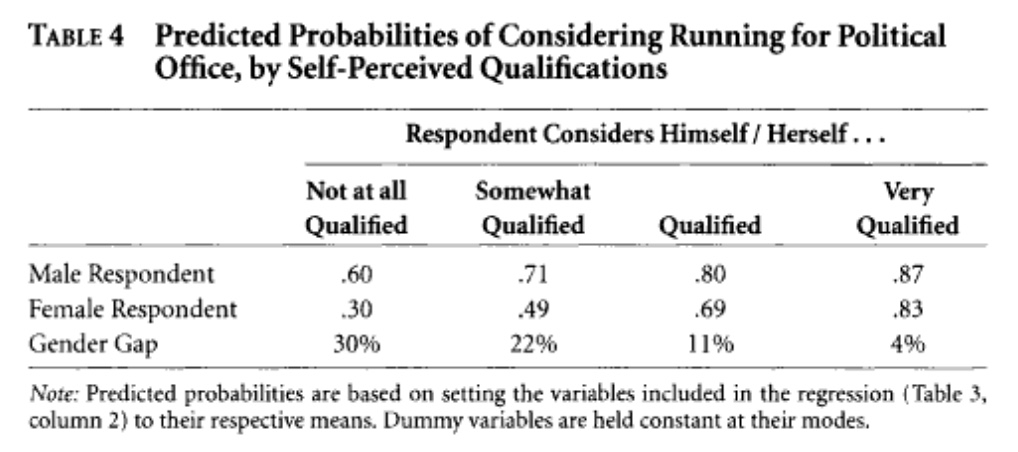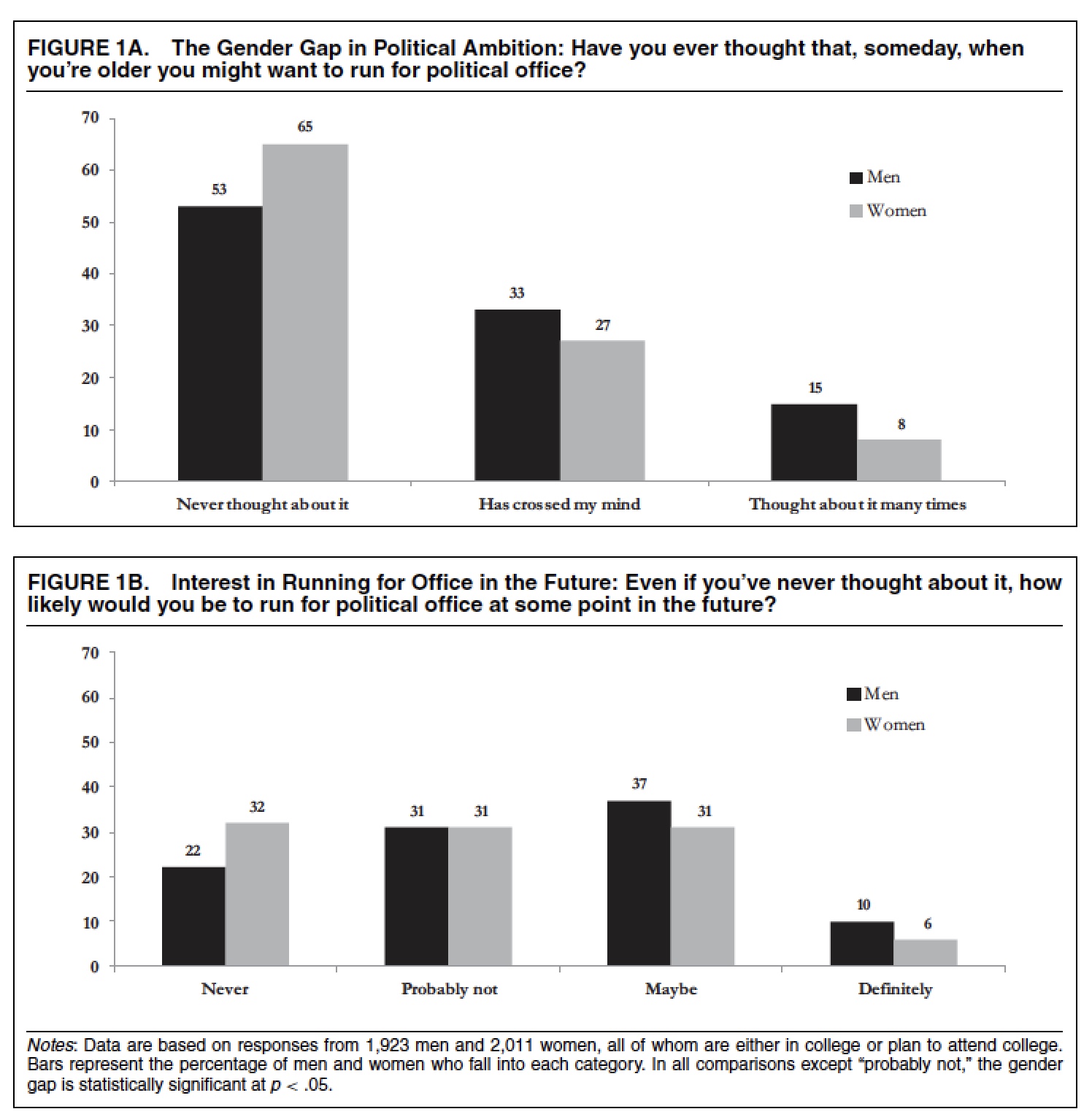In previous posts, I’ve presented evidence that there is no wave of youth voters showing up at early voting. While this doesn’t comport with Democratic theories that young Marylanders will propel them into office in a wave, there is other good news for Democrats.
Democrats Out Participating Republicans
First, Democrats are participating at higher rates than Republicans in early voting in all but two counties in the state:
 The statewide gap in participation between the two major parties is 2.4%. However, it is much wider in some jurisdictions. In Montgomery, Democrats are showing up a full 5.6% more than Republicans. The gap in Howard is 5.2% and in Baltimore City is 5.1%.
The statewide gap in participation between the two major parties is 2.4%. However, it is much wider in some jurisdictions. In Montgomery, Democrats are showing up a full 5.6% more than Republicans. The gap in Howard is 5.2% and in Baltimore City is 5.1%.
Democrats in Kent, Prince George’s and Frederick also have high participation rates relative to Republicans with gaps of 4.9%, 4.2%, and 4.1% respectively. Anne Arundel Democrats lead their Republican counterparts by 3.5%.
In contrast, Republicans are narrowly out participating Democrats in Caroline and Somerset. The latter has long had weak Democratic participation relative to the potential strength of the party in this county with a sizable African-American population.
Finally, note that unaffiliated voters (i.e. independents) are participating at lower rates than members of either major party in every jurisdiction throughout the state. Overall, their turnout rates are less than half as strong as either major party.
Why the lower rates? First, major parties have organizations trying to get their voters to the polls. Second, independent voters just tend to be less interested in politics and less likely to vote.
Women Out Participating Men
As of last night, women composed 57% of all early voters, while men were just 43%. People with no gender marker in their voter file comprised 0.06% of all early voters.
These statistics are more like what one might expect to see in a Democratic primary where women often compose around 60% of the overall electorate. They provide further evidence of the Democratic lean of early voters. Trump has exacerbated the already wide gender gap in partisanship and voting behavior.
If 2016 seemed to be ultimately all about angry men lining up behind Trump, early voting in 2018 is thus far about motivated women.





